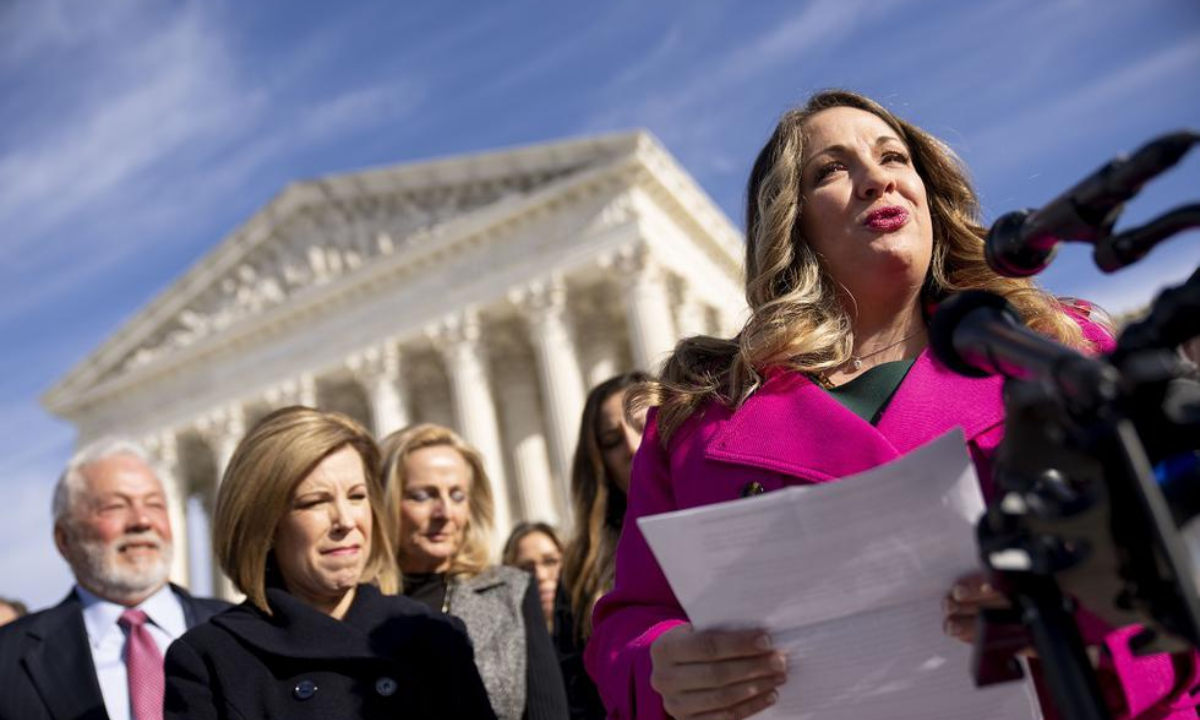 This semester I externed working on post-conviction relief in death penalty cases with the Office of Capital and Forensic Writs in Austin, Texas. This experience caused me to reflect on the concept and application of the “future dangerousness” doctrine in capital cases.
This semester I externed working on post-conviction relief in death penalty cases with the Office of Capital and Forensic Writs in Austin, Texas. This experience caused me to reflect on the concept and application of the “future dangerousness” doctrine in capital cases.
The United States death penalty system has always been racist, and this is especially apparent in the system’s foremost adherent state. The state of Texas has murdered 576 people since 1982. One hundred seventeen of the victims of these state-sanctioned killings have been Black individuals convicted of killing white people, while just six have been white individuals convicted of killing Black people.
One of the most profound ways in which Texas enables these racist effects is through its system of special questions during the punishment phase of capital trials, and specifically through the “future dangerousness” question. In its current form, the question asks, “whether there is a probability that the defendant would commit criminal acts of violence that constitute a continuing threat to society.” The U.S. Supreme Court upheld the constitutionality of this question in 1976. The Court’s decision in Jurek v. Texas authorized a scheme that can be readily abused by prosecutors who have disproportionately sought death sentences against Black and Latinx defendants and relied on the testimony of people like Dr. James Grigson in proving this “future dangerousness” factor. Grigson, nicknamed “Dr. Death,” testified in over 150 capital murder trials for the prosecution in Texas and often stated that there was a 100 percent chance that capital murder defendants would kill again, despite never having personally examined them. He was eventually expelled from the American Psychiatric Association for his behavior, but his testimony had a lasting impact in sending defendants to death row.
Today, Texas prosecutors still wield their power in a discriminatory manner and use the vague definition of “dangerousness” to obtain death sentences. Prosecutors often list “tearing things up” or “destroying a mattress” as “criminal acts of violence” that should warrant a death sentence. Essentially, the prosecutors are asserting that a death sentence is required if it is more likely than not that the defendant will “tear something up” in the future. Prosecutors also use inflammatory language in defining the “society” impacted by these acts by listing guards, doctors, staff, and “even the other inmates” as members of this society that deserve to live free from violence.1 Trial judges who work closely with these prosecutors readily accept this language and routinely overrule any objections that defense counsel raises. Some court-appointed defense attorneys even volunteer prejudicial information by emphasizing that there are hundreds of capital murder cases where the prosecution chooses not to seek death. Whatever the aim of this language may be, the effect is to convey to jurors that the defendant is especially dangerous and to prejudice these jurors further in favor of death.
The future dangerousness question is another example of a facially race-neutral law with a pronounced racially disparate impact. The Court endorsed such a system in McCleskey v. Kemp and racist effects are still apparent in all active death penalty states. The only solution is abolition of this racist and arbitrary punishment.
